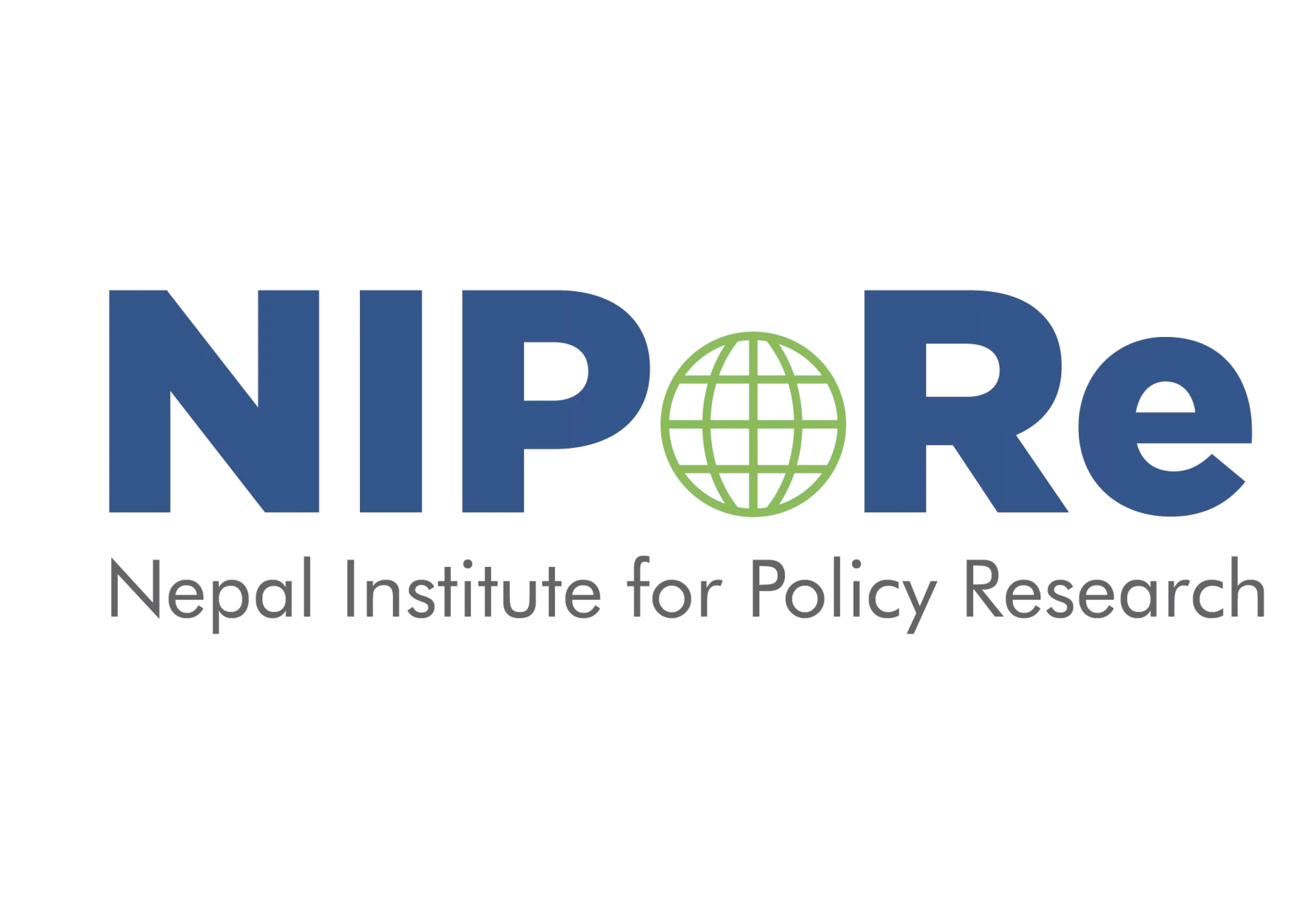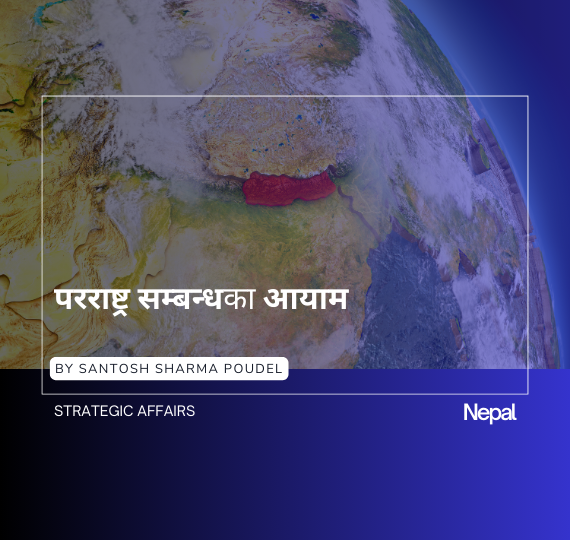
THE ISSUE
According to the September 2019 briefing Document for the World Bank Board, there were more than 164 million documented international migrant workers in 2018 of whom 68 million were women. Over the years, money sent back home by these migrant workers have been benefiting receiving countries via investments, trade, and transfer of skills and technology. In 2019, remittance flows to low and middle-income countries (LMICs) are projected to reach UD$ 550 billion which is more than three times the total development aid flow to these LMICs.
Remittances have been benefiting migrant workers’ countries of origin in numerous ways. In one of his TED Talks, in 2014, Economist Dilip Ratna has highlighted some of the most crucial aspects of remittance. Moreover, the UN DESA has identified some key facts on why remittances matter for the global economy. Similarly, on the occasion of the International Day of Family Remittance, IFAD has highlighted ten ways in which remittances have been transforming the global economy in meaningful ways. Furthermore, the World Economic Forum notes that remittances are crucial for many of the LMICs and discusses the cases of India and the Philippines. In 2018, remittances accounted for almost three percent and ten percent of GDPs for India and the Philippines respectively.
OUR OBSERVATIONS
For our analysis, we have taken into account remittance inflows data (only) to South and Southeast Asian economies plus China. We have used the World Bank data for our analysis and analyzed data for the years 2000, 2005, 2010, 2015, and 2016 – 2019. Except for Nepal, where remittance inflows for the year 2019 are projected to account for about thirty percent of country’s GDP, no other economies in South and Southeast Asia plus China have a double-digit figure for remittances as the share of GDP for 2019.

Data Source: World Bank (2019)
South Asia
With some exceptions for a few years, overall, remittance inflows to South Asian economies are on an increasing trend. For Afghanistan, we don’t have data for the years 2000 and 2005. In 2010, the economy received a total of US$ 346 million in remittance. For 2018, this remittance inflow figures have increased by about three times and Afghanistan received US$ 920 million in remittances. However, in 2019, remittance flows to this South Asian economy has been projected to decline by about US$ 36 million. On the other hand, Bangladesh had received about US$ 2 billion in remittances in 2000. With a slight decline in 2016, the country had received more than US$ 15 billion in remittances in 2018 and this figure is projected to increase by US$ 2 billion and become more than US$ 17.5 billion in 2019.
From the available data, it seems Bangladesh and Maldives receive small amount of remittances. Though there has not been a substantial increase in the latter’s remittance inflows between 2000 and 2018, the former has improved a lot in terms of the amount of remittances it receives each year. For Bhutan there are no data for the years 2000 and 2005 and in 2010, the country had received about US$ 8 million in remittances. By 2018, this figure has increased by more than seven times and reached about US$ 58 million. For 2019, Bhutan is expected to further improve in this area. On the other hand, Maldives had received about US$ 2 million in remittances in 2000, same as in 2005, and the country had witnessed an inflow of US$ 3 million remittances into the economy. For the years 2016-2018, it had received US$ 4 million each year and is projected to remain constant for 2019.
In the case of South Asia, India has been the largest recipient of remittances for all years considered for this analysis. In 2000, it had received a total of about US$ 13 billion in remittances. The economy saw a decline in the figure in 2016 but it continues to improve the remittance inflows in recent years. In 2018, India had received more than US$ 78 billion in remittances – more than six times the amount it had received in 2000.
Nepal is the only economy in South Asia that has witnessed remittance inflows by more than eighty times between 2000 and 2018. In 2000, Nepal had received about US$ 112 million in remittance and this figure rose to more than US$ 8 billion in 2018. In 2019, Nepal’s remittance receipts are projected to improve further and become more than US$ 8.6 billion.
Pakistan, on the other hand, have increased the remittance receipts by more than twenty times between 2000 and 2018, i.e., in 2000, the economy had received more than US$ 1 billion in remittance and it has become more than US$ 21 billion in 2018. In 2019, the receipts are projected to further improve and reach almost US$ 22 billion. Finally, Sri Lanka too has been receiving more remittances in recent years. In 2000, it had received a little more than US$ 1 billion in remittances and this amount became more than US$ 7 billion in 2018. In 2019, the amount is projected to increase further and add more than US$ 200 million than the previous year.
Southeast Asia
Brunei and Singapore primarily serve as the key destinations for international migrant workers. As a result, these two economies in Southeast Asia serve as the remittance outflows hubs.
In Southeast Asia; Indonesia, Myanmar, the Philippines, and Vietnam have improved a lot in terms of remittances recipient countries. Between 2000 and 2018, these economies have observed considerable rise in the amount of money that they receive as remittances. For example, Indonesia received about US$ 1 billion remittances in 2000 and in 2018 this amount has become more than US$ 11 billion, an increase by more than eleven times. Similarly, Myanmar had received only US$ 342 million remittances in 2000 and by 2018 it has increased by more than 28 times and reached about US$ 3 billion. For the Philippines, between 2000 and 2018, remittance inflows have increased by almost five times, i.e., remittance inflows increased to about US$ 34 billion in 2018 from about US$ 7 billion in 2000. For Vietnam, between 2000 and 2018, the amount has increased by more than twelve times. In 2000, it had received more than US$ 1.3 billion and in 2018 the amount became US$ 16 billion.
Like Nepal (one of the two landlocked economies in the region) in the case of South Asia, Lao PDR (also a landlocked economy) is the most benefited economy in terms of remittance recipient economy between 2000 and 2018. In 2000, the country had received just US$ 1 million in remittance but it 2018 the amount has become US$ 239 million, i.e., an increase by about 239 times.
Cambodia, Malaysia and Thailand have also seen an upward trend in remittance inflows during 2000 – 2018 period. While Cambodia saw growth in amount by more than eleven times – an increase from US$ 121 million in 2000 to about US$ 1.5 billion in 2018, Malaysia has seen an increase in remittance inflows by about five times between 2000 and 2018 – from about US$ 342 million in 2000 to about US$ 1.7 billion in 2018. Similarly, Thailand has increased the inflows amount by more than four times – an increase from about US$ 1.7 billion in 2000 to about US$ 7.5 billion in 2018.
In 2019, except for Thailand, other seven Southeast Asian economies are projected to further improve remittance inflows into their economies.
China
Like Nepal and Lao PDR, China Mainland is also one of the few economies in the region to increase remittance inflows by a large margin. Between 2000 and 2018, the Mainland has witnessed a growth in remittance inflows by more than 88 times. In 2000, it had received about US$ 758 million but this amount became about US$ 67.5 billion in 2018. However, the trends for Hong Kong SAR and Macao SAR are not encouraging.
For Hong Kong, the growth in amount has been minimal between 2000 and 2018, i.e., a growth by just about three times. However, for Macao, though the amount for 2019 are projected to improve, this Chinese Special Administrative Region has seen declining inflows trend between 2000 and 2018, i.e.m decline from about US$ 53 million in 2005 to just US$ 25 million in 2018.
Note: For the current dataviz, we have taken into consideration remittance inflows into analyzed economies only.



